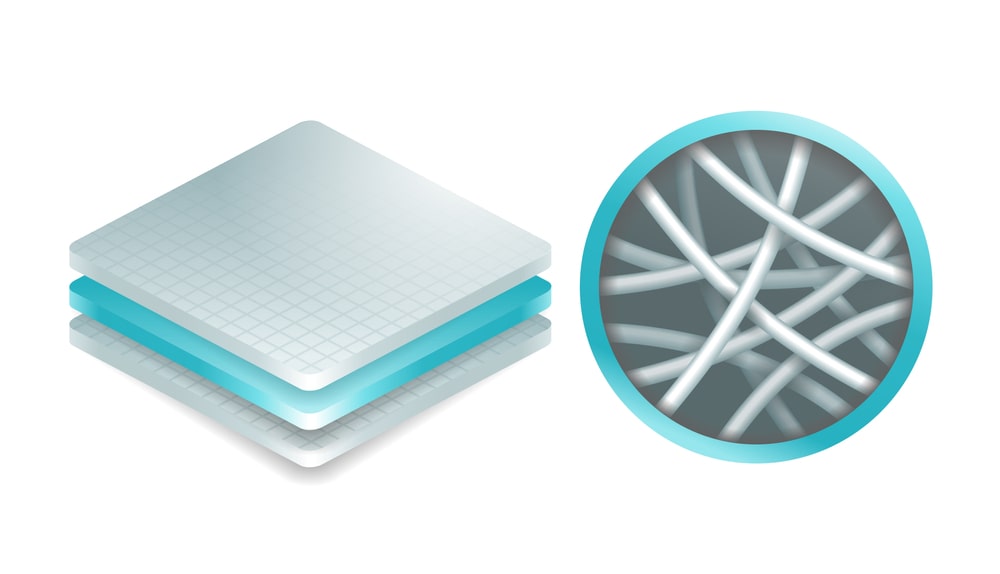The mechanism whereby particles are retained by a filter is significant only in the initial stages of filtration. Some of the mechanisms are
Straining: Similar to sieving, i.e., the particles of larger size cannot pass through the smaller pore size of the filter medium.
Impingement: Solids having the momentum move along the path of streamline flow and strike (impinge) the filter medium. Thus, the solids are retained on the filter medium.
Entanglement: Particles become entwined (entangled) in the mass of fibers (of cloth with a fine hairy surface or porous felt) due to the smaller size of particles than the pore size. Thus the solids are retained within the filter medium.
Attractive forces: Solids are retained on the filter medium as a result of attractive forces between particles and filter medium, as in the case of electrostatic precipitation…
In practice, filtration may combine various mechanisms.
Types of Filtration
Based on the mechanism, two types of filtration are broadly identified.
Surface filtration (Screen filtration): It is a screening action by which pores or holes of the medium prevent the passage of solids. The mechanisms, straining and impingement are responsible for surface filtration. For this purpose, plates with holes or woven sieves are used (Figure 1.1). Its efficiency is defined in terms of mean or maximum pore size.
Depth filtration: In this process, the slurry penetrates to a point where. the diameter of solid particles is greater than that of the tortuous void or channel.
Depth filtration is aided by the mechanism of entanglement. The solids are retained with a gradient density structure by physical restriction or by adsorption properties of the medium (Figure 1.1). It is extensively used for the removal of small amounts of contaminants from relatively large volumes of liquids (clarification). These are also used for roughing or prefiltering pharmaceutical solutions. Examples are ceramic filters, and sintered (bed) filters.


A special case of depth filtration is sheet filtration, in which the slurry is passed through a series of pads mounted endwise to the flow of fluids. The pads commonly consist of a mixture of asbestos fibers embedded in cellulose… The differences between surface and depth filtration are given in Table 1.1.
Cake filtration: A filter consists of a coarse woven cloth through which a concentrated suspension of rigid particles is passed so that they bridge the holes and form a bed.
The cloth may be ineffective when the holes are likely to be much larger than the particles to be removed. Therefore, the cloth is presented with a concentrated suspension of rigid particles that bridge the holes and form a bed. The particles will be held back, while liquid passes through the small interstices. An example is filter cake made from diatomite (100 μm). This cake can remove submicrometer colloidal particles with high efficiency.
Make sure you also check our other amazing Article on : Filtration
